History/driving impressions originally published in AutoWeek November 12, 1984
Down the hill and out of the right-hand turn, down the straight. Building revs and shift. A glance at the pits to my right, and then the chartreuse letters spelling “Lime Rock” on the pavement flash underneath. For all that I, with eyeballs a yard high and traveling it main straight speed, can read them. They might as well read, “Have a nice day.”
It wouldn’t be any less accurate, either. With the weather about as nice as it can be in Southern New England – in the low 80s, puffy cumulus on a indigo sky, spring foliage with sights set on summer – I’m driving Dr. William Colom’s Lotus 47 at one of America’s road racing landmarks, and if they make days any nicer than this, I don’t know where they keep them.
The Lotus 47 is a model with an unusual genesis. It certainly has all the earmarks of an early 60s racer: low, mid-engined, with a Kamm-chopped profile. But the racer persona came second. The 47 originated as the Europa, for which most people, even knowledgeable enthusiasts, mistake it. The Europa, however, is designated as the Type 46, which to most people would suggest that it came first. Which it did.
The Europa, the 46, actually was envisioned as a replacement for the Lotus Seven. A rather radical updating to be sure, but in concept it was to be a less expensive alternative to the Elan. And since the trend in sports racers was to mid-engines, well, why not for sports cars as well?
Ergo the Europa, which appeared in December 1966 as a sports car.
Not for long was it to remain just a sports car, however. By the end of the year a special factory-prepared racer appeared, winning its first time out at traditional Boxing Day (first weekday after Christmas and a holiday in Britain) races at Brands Hatch. This was the 47.
It was a direct development of the Europa, though modified from the bulkhead back to accept the Cosworth-Ford twin-cam four and Hewland transaxle instead of the Renault engine and gearbox. Like the Europa, it had the backbone frame pioneered in the Elan, though with the “fork” to the rear instead of the front. The prongs of the fork were shortened and a box section crosspiece with a hoop-shaped center section to support the transaxle was welded across the end.
The rear suspension was changed substantially from the Europa. Instead of uprights located by double radius rods, lower tubular links and fixed-length half-shafts, the 47 got completely new cast alloy uprights (dished for wide wheels) with travels guided by single top links, reversed lower wishbones and twin radius rods. The 47 also had Lotus’ famous rubber doughnuts at the inboard joint of the half-shaft.
Upfront, the suspension was quite similar to the Europa’s, though the upper of the Europa’s two wishbones was replaced by a fully adjustable, fabricated wishbone. The lowers remained the same proprietary Alford & Adler units as used on Triumph Heralds and Spitfires. Anti-roll bars were also used at both ends.
A number of other changes were made in the transformation from road car to race car, including knock-off hubs, bigger disc brakes by Girling, no bumpers, hinged windows (to meet the rules the said that windows had to open-– but the rules didn’t say how far…), and dual fuel tanks with pumps to transfer fuel from tank to tank. An oil cooler was added up front, complementing the water radiator. Both exited to wheel wells, the oil cooler to the left, the radiator to the right.
Early 47s had snorkels poking up from the engine apartment to supply cooling air, but since these were largely ineffective, later 47s had NACA scoops cut into the rear flanks. All 47s had the Series 1 Europa body – the breadvan – rather than the later pickup truck Series 2. Only one, Dr. Colom’s to be exact, had left-hand drive. It was the fifty-fourth to be made, the next to last before Lotus went off to the more pressing matter of building road cars and Formula One and Indy racers.
The history of Colom’s car, though, is something of an enigma. Lotus records show it to have been sold to a Four Flags Racing, and shipped to America sans engine and transmission. However, Colom’s rather extensive research has revealed no racing team by that name, or much about the car’s early history. There is some suspicion that the car may have had a BMW engine installed stateside, or that the car was really imported for road use. When Colom, of Mystic, Connecticut, found the car, it was languishing in a Brooklyn warehouse.
Whatever the eventual original engine, the car is now equipped with an ST-200 Hewland five-speed gearbox and a 1600cc Hart-prepared Ford twin-cam very similar to the Lotus Cosworth. Dyno’d at 184 hp at 8000 rpm, is good to probably about 140 mph, thanks to a Lotus-advertised drag coefficient of 0.29. It starts getting light, however at around 120, because those aerodynamics didn’t include downforce.
Just getting into a Europa could be an Olympic event, and the 47 is no different. Once in, however, it’s a nice place to be, a sort of fiberglass womb with gauges. A lot of gauges. One former owner added what he thought every endurance racer should have, down to transaxle lube temperature and chronometer. And it is fiberglass, with no street car’s vinyl trim.
The shifter is right where it should be, a short stub mounted high on the central backbone, and a small-diameter steering wheel is low and feels racy. The whole feeling, even sitting still, is very race car. But the racer had better not be too tall. My five-foot-10 frame plus helmet had minimal clearance overhead despite the semi-recumbent driving position.
The Lotus 47 is a remarkably easy car in which to go fast. In fact, the hardest part may be leaving the pits. The double-disc clutch is very sudden, and the race engine requires a lot of revs. Sure enough, I stalled it the first time I let out the clutch. Underway, however, the engine is very smooth, as long as it doesn’t get too much throttle at too low revs, and rips through the upper range purposefully and, well acceleratively.
In the corners there’s the warm and reassuring feel of racing rubber doing is stuff under a well-balanced chassis, and transients are just a matter of going the other way. Even though the Hewland is wholly non-synchronized, even it is cooperative with this full-fledged member of the synchro generation. The feeling is one of ease, of not having to fight the car or trick it into doing what you want it to do. The car is a collaborator, not an enemy.
Want to know how good it was? When I finally and reluctantly returned to the pits, they told me they could see me smiling as I went by, lap after lap after lap.









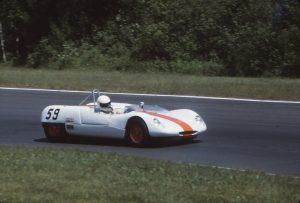
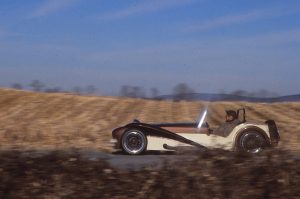
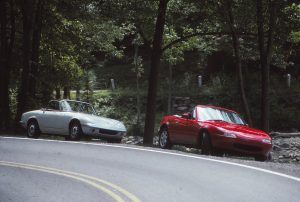
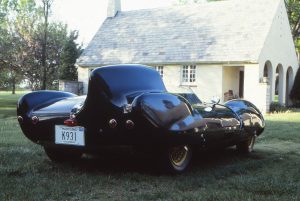
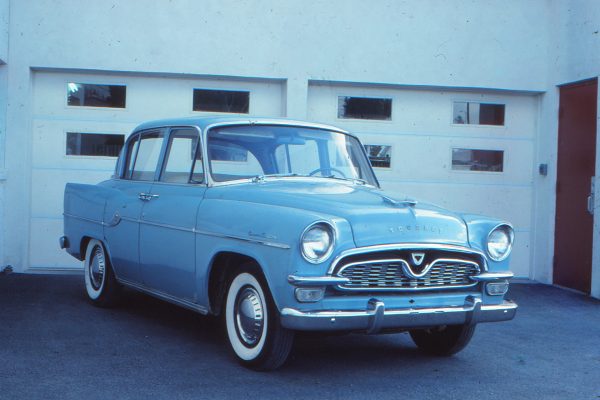
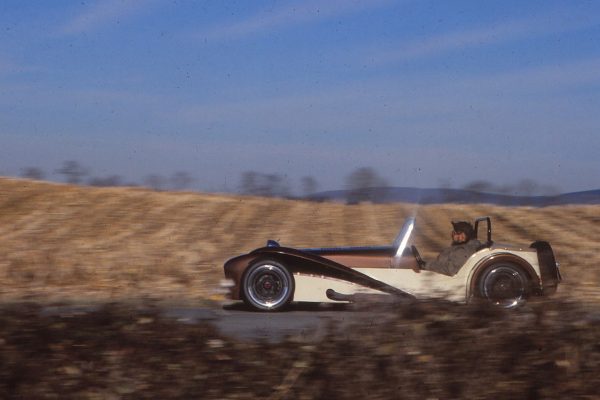
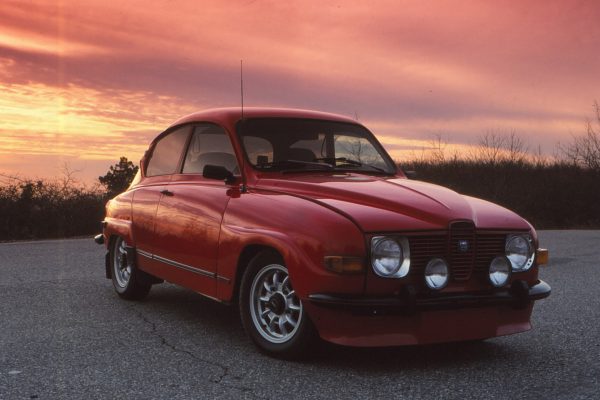
What Do You Think?
You must be logged in to post a comment.